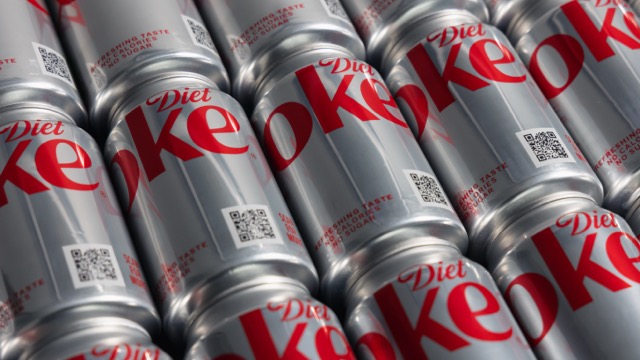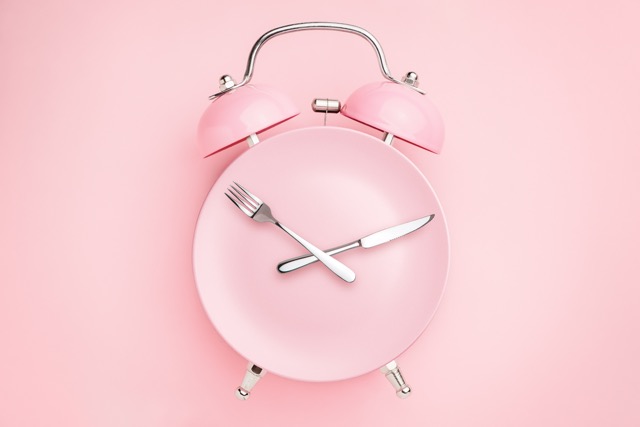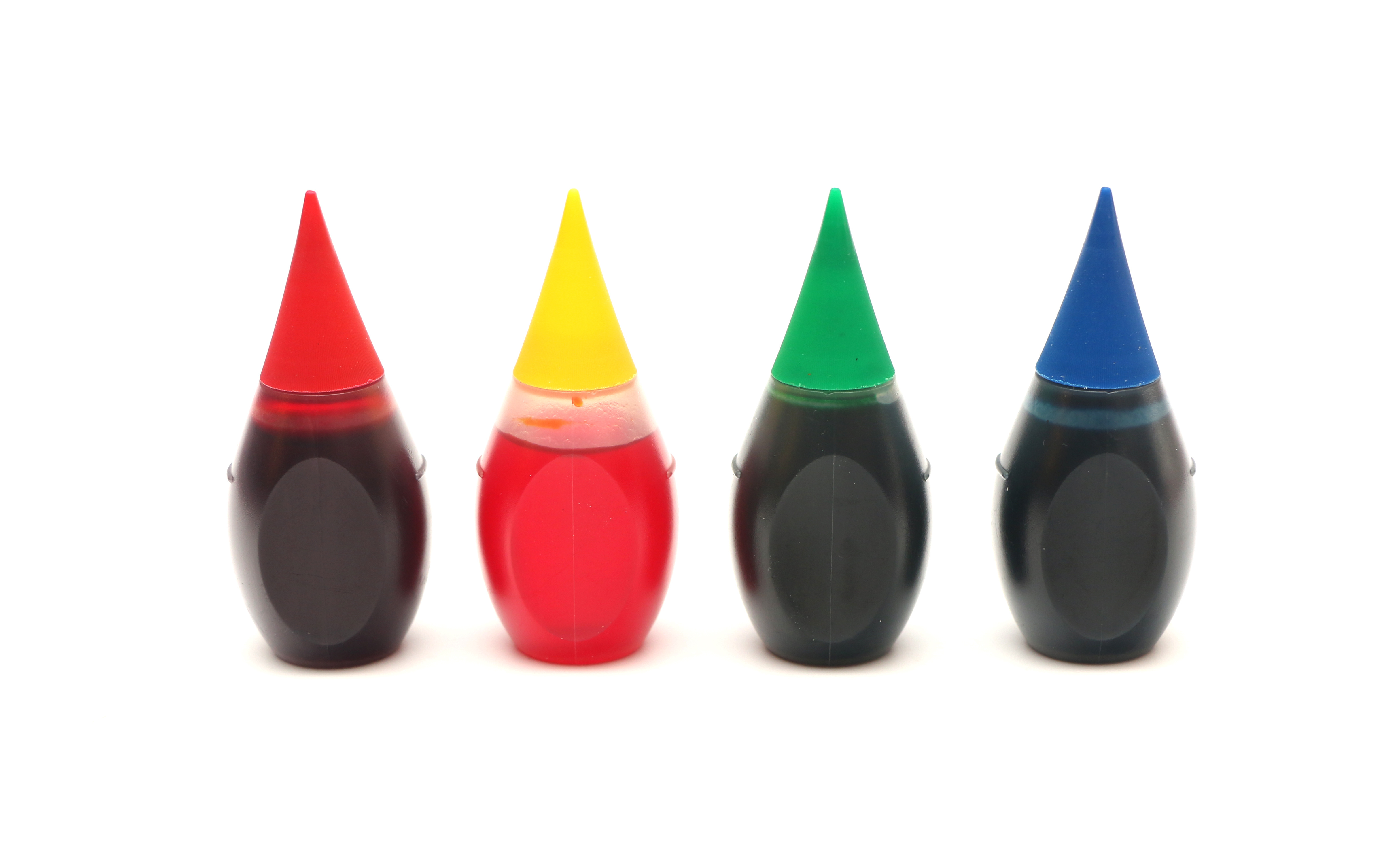Top 5 Controllable Migraine Triggers (and How to Avoid Them)

Migraine is the worst – like an unwanted guest who shows up announced and refuses to leave. While you can’t control every migraine trigger (we’re looking at you, weather and hormones), you can tame many common culprits. In fact, a lot of migraine triggers come down to everyday habits and choices. The good news? Those are controllable. In this article, we’ll count down five major migraine triggers that you can avoid or manage, helping you take back some power over your headaches. From diet missteps to sneaky chemicals in your environment, we’ve got you covered – with a side of sass and science in equal measure.
Let’s dive into the top five controllable migraine triggers and how to outsmart them.
1. Skipping Meals (Fasting)

Ever get a raging headache when you’re “hangry” (so hungry you’re angry)? It’s not a coincidence. Skipping meals – whether due to a busy schedule or trendy intermittent fasting – can trigger migraine attacks for a huge number of people. One study found that up to 57% of migraine sufferers see missing meals as a headache trigger. When you go too long without eating, your blood sugar can drop like a rock, and those glucose fluctuations can set off migraine brain changes. In plain terms: an empty stomach can equal a full-blown migraine.
The fix? Don’t wait until you’re starving to eat. Maintain a regular eating schedule and consider grazing on healthy snacks or small meals throughout the day. Research suggests that eating smaller, frequent meals helps keep your blood sugar stable and prevents hunger headaches. So pack those almonds or granola bars, and try not to skip breakfast (or lunch, or dinner). Your head will thank you! And remember to stay hydrated, too – dehydration + hunger is a nasty one-two punch for migraine. Consistency is key: think of regular meals as fuel for a headache-free day.
2. Artificial Sweeteners (Fake Sugar)

Put down that Diet Coke (a.k.a. “fridge cigarette” in my house) – it might be messing with your head. Artificial sweeteners like aspartame, sucralose (Splenda), and saccharin are commonly reported migraine triggers. Aspartame in particular has been under the microscope. Scientists label aspartame as a “possible” migraine trigger, and some research shows it can alter brain chemicals – for example, it may raise levels of certain amino acids in the brain that then throw off your neurotransmitters. In other words, that fake sugar can create real chaos in your head. Aspartame might also act as a stressor, boosting cortisol (the stress hormone) and oxidative stress in the brain. None of that is good news for a migraine-prone noggin.
But it’s not just aspartame. Many folks with migraine notice any artificial sweetener can spell trouble. One theory is that these sugar stand-ins trick your body into expecting a calorie rush; when the real sugar never arrives, your insulin might spike and crash, potentially triggering a headache. While the science on the insulin response is still evolving, the anecdotal evidence is strong – fake sugar can equal real pain. In fact, even medical experts acknowledge that diet sodas and sugar-free treats may lead to headaches in susceptible individuals.
How to avoid it: Try cutting back on the diet drinks, “sugar-free” gum, and artificial sweetener packets. If you need a sweet fix, consider small amounts of natural sugar or alternatives like stevia (which for many is gentler, though everyone is different). And pay attention to how you feel: if a zero-calorie sweet treat consistently precedes your migraine, that’s a clue. Your safest bet is to avoid artificial sweetener intake and stick to water, naturally flavored seltzers, or just unsweetened tea/coffee when possible. Your brain might just prefer the real thing over lab-made sugar impostors. While natural non-sugar sweeteners like monkfruit, sugar alcohol, etc. are safer options these can trigger insulin responces without the sugar being there to proccess which can also lead to issues with migraine
3. Artificial Food Coloring

That neon pink cupcake or brightly colored candy might look fun – but artificial food dyes could be a hidden migraine trigger for some people. Many processed foods are loaded with synthetic colors (think Red #40, Yellow #5, etc.), and there’s long been suspicion that these food colorings can bring on headaches. In fact, headache specialists have noted that Yellow Dye #5 (also known as tartrazine) and Red Dye #40 are possible migraine culprits. While we’re still not 100% sure why (the exact mechanism isn’t fully understood), some individuals report that consuming foods with these artificial dyes gives them a headache shortly after.
If you have migraine, it might be worth doing a little detective work on your diet. Do you notice head pain after downing a bowl of brightly colored cereal or a candy binge? The coloring could be playing a role. Even the Cleveland Clinic points out that artificial dyes (like Red 40) have been linked anecdotally to issues like hyperactivity and even migraine attacks in sensitive people. It’s enough that some countries have banned certain food dyes, even though the U.S. still allows them.
What to do: Read those ingredient labels. If you see names like FD&C Red No. 40, Yellow 5, Blue 1, etc., you’re looking at artificial color additives. Opt for foods without those when you can. Many natural or organic brands avoid synthetic dyes, using things like beet juice or turmeric for color. Your smoothies, fruits, and veggies come in pretty colors naturally – no migraine triggers hiding there! Cutting back on highly dyed candies, drinks, and processed snacks could spare you a technicolor headache. In short, when it comes to food coloring, avoid the rainbow (unless it’s made by Mother Nature).
4. Artificial Fragrances (Strong Scents)

Ever walked by someone drenched in heavy perfume and felt a headache coming on? You’re not alone. Strong artificial fragrances – from perfumes, colognes and body sprays to air fresheners and scented lotions – are notorious migraine triggers. In medical terms, many people with migraine have something called osmophobia, meaning a heightened sensitivity to smells. In fact, a whopping 95% of migraine patients report smell sensitivity during attacks or as a trigger, and perfumes are the #1 offender. One scientific study found that over 55% of migraine sufferers cited perfume specifically as a smell that could kick off their migraine attack. So that “lovely” fragrance might not be so lovely for your brain.
Common culprits include not just personal fragrances but also things like heavily scented cleaning products, air freshening sprays (sorry, Febreze), candles, and even strongly fragranced shampoos or lotions. If it has a powerful smell, it can be a problem. The migraine brain is thought to overreact to certain volatile chemical compounds in fragrances, leading to headache pain. Ever get a whiff of something and within minutes your head starts throbbing? That’s how quick it can happen for scent-sensitive folks.
How to take control: Go fragrance-free as much as possible. Switch to unscented or naturally lightly-scented personal care products and cleaners. (Pro tip: If the ingredient list just says “Fragrance” without specifics, that’s basically a cocktail of unknown chemicals – probably best to steer clear.) Ask family members or coworkers to be mindful of strong perfumes around you; many workplaces even have scent-free policies for this reason. If you love scents, try using pure essential oils in moderation – some people tolerate natural scents like lavender or peppermint better (and fun twist, peppermint oil can help some headaches). At the end of the day, fresh air is your friend. Crack a window instead of using heavy air fresheners. By reducing artificial fragrances in your environment, you eliminate a sneaky (and very common) migraine trigger.
5. Food Additives & Preservatives (Highly Processed Foods)

Last but definitely not least: the chemical additives in our foods. If you suffer from migraine, you might discover that a lot of highly processed foods and preservatives make your head protest. Certain additives are repeat offenders in migraine lore. Nitrates/nitrites, commonly used in cured and processed meats (think bacon, hot dogs, deli meats). These preservatives can dilate blood vessels and trigger headaches – one article notes that nitrates in processed meats may lead to inflammation and disrupt your brain’s neurotransmitter balance, setting off migraine symptoms. Similarly, sulfites, used as preservatives in products like red wine, dried fruits, and some packaged foods, are often cited by patients as migraine triggers as well. In short, a lot of the stuff that keeps food “fresh” on the shelf can make your head feel rotten.
Highly processed foods also tend to be a minefield of such additives. Beyond nitrates and sulfites, other common migraine-triggering candidates include tartrazine (the Yellow #5 dye we mentioned earlier), aspartame (fake sugar, again!), and others as mentioned by headache experts. It’s like a who’s who of chemistry in some packaged foods – and any one of those mystery ingredients might be your personal kryptonite.
Take charge: The easiest strategy is to cut back on highly processed, chemical-laden foods. Opt for fresh, whole foods when possible – fresh meats over deli meats, homemade marinades over bottled sauces, and so on. If you can’t pronounce an ingredient on the label, that might be a red flag for migraine sufferers. Many people with migraines find that cleaning up their diet – even just avoiding the big additive triggers – leads to fewer headaches. For example, try eliminating processed meats (bacon, sausage, jerky) for a few weeks and see if your migraine improves. You might be surprised. Also, when it comes to wine or dried fruit, look for “sulfite-free” labels or moderate your intake if you suspect a link. Everyone’s sensitivity is different, but focusing your diet on whole foods (veggies, fruits, whole grains, lean proteins) and minimal ingredients is a solid plan for overall health and potentially fewer migraine attacks. Your brain likes real food!
Conclusion
Wrapping Up: Migraine can make you feel powerless, but knowledge is power. By identifying and managing these five triggers – skipping meals, artificial sweeteners, food colorings, strong fragrances, and certain food additives – you can tilt the odds in your favor. Not every migraine will be preventable, and not every trigger affects everyone. But each of these is a controllable factor in your environment or diet. Start a headache diary, note which of these triggers resonate with your experience, and take steps to avoid them. You might find that a few lifestyle tweaks lead to serious relief.
Remember, what triggers one person’s migraine might leave another person completely unfazed. It’s all about finding your migraine nemeses and kicking them out of your life as much as possible. With a bit of detective work and the tips above, you’ve got a fighting chance to reduce those “facepalm” days. Here’s to fewer migraine attacks ahead – and more days of living your life on your terms, not on migraine’s. Stay healthy (and headache-free)!


